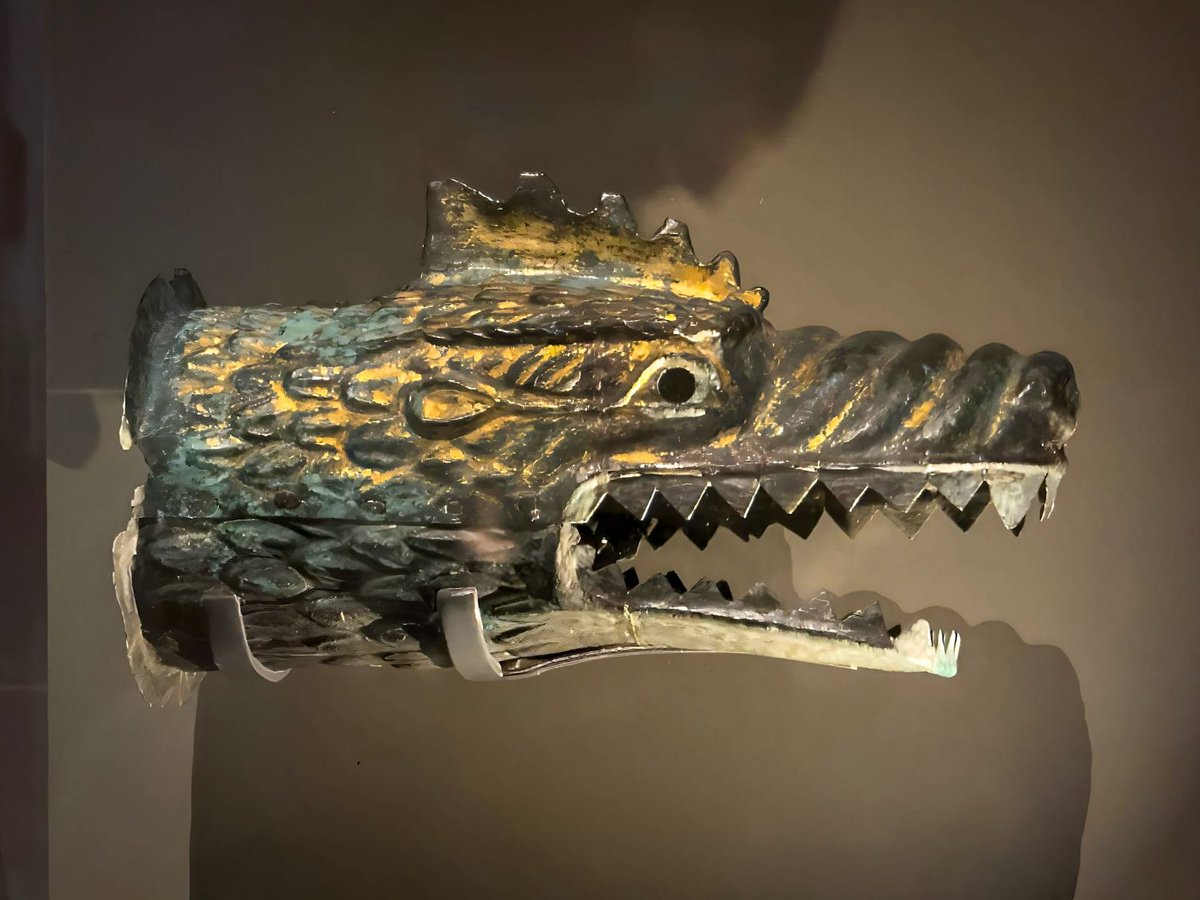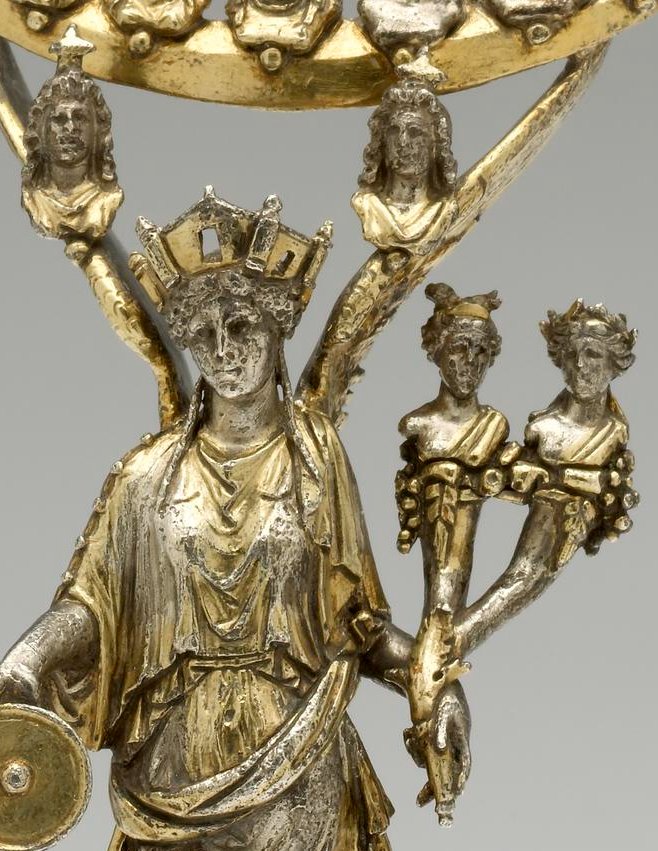I'm always interested in how a scene from myth is shown in different media. Here we have Achilles - in women's clothing! - hiding out among the daughters of King Lykomedes on the island of Skyros. Always shown at the moment of discovery by Odysseus (in cap). 1/ 







1st example: a sarcophagus made in Athens, ca. AD 180-220, depicting scenes from the life of Achilles. On the right side is the scene from Skyros, with Achilles hiding behind his shield, the young, pregnant Deidamia hanging from his neck, pleading him to stay. #GettyVilla 2/ 



2nd example: a fresco this time, from the House of the Dioscuri in Pompeii. Odysseus - in his pileus cap - discovers Achilles hiding on Skyros, dressed in women's clothing (fetching thigh!). Diomedes, King of Argos, grabs the warrior from behind. #MANN 📸 @carolemadge 3/ 

3rd example: a 2nd/3rd c. AD mosaic which once decorated the bottom of an impluvium in the House of Poseidon, Zeugma (Turkey, now in Gaziantep 😔). The waterspout can still be seen in the middle. Achilles is once again in drag as he's discovered. 📸 @carolemadge 4/ 

4th example: Roman glass! This example is decorated with pigments and gilded with gold leaf. The moment of discovery is chaotic, and once again, Achilles' shield is featured prominently. 3rd c. AD, found in Cologne, Romisch-Germanisches Mus., Cologne. 📸 @carolemadge 5/ 

For those of you wondering *why* Achilles was hiding amongst the daughters of King Lykomedes on Skyros, it was due to a prophecy which foretold that a Greek victory in the Trojan War was assured only if Achilles fought, but that he would die in the process. His mommy hid him. 6/
It should be noted that Achilles isn't just dressed in women's clothing in this fresco. He also has the milky pale skin of a woman, versus the sun-burnt reddish-brown skin of the male warriors.
• • •
Missing some Tweet in this thread? You can try to
force a refresh































